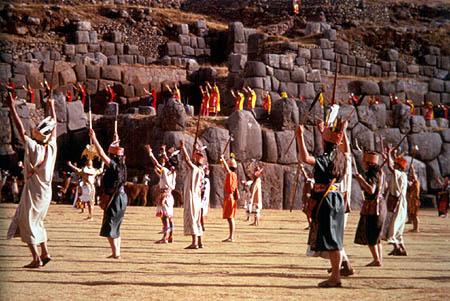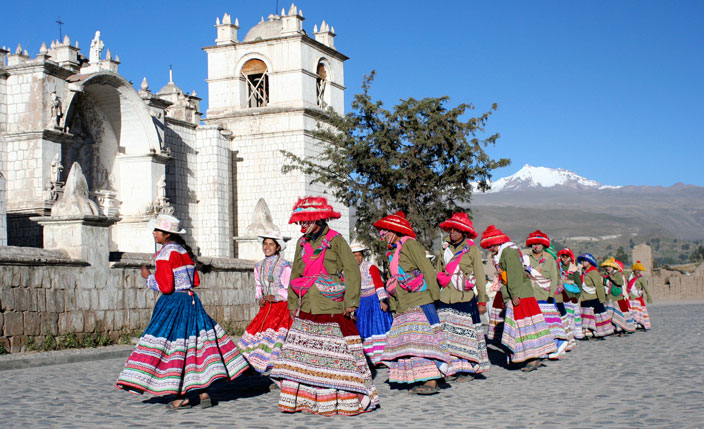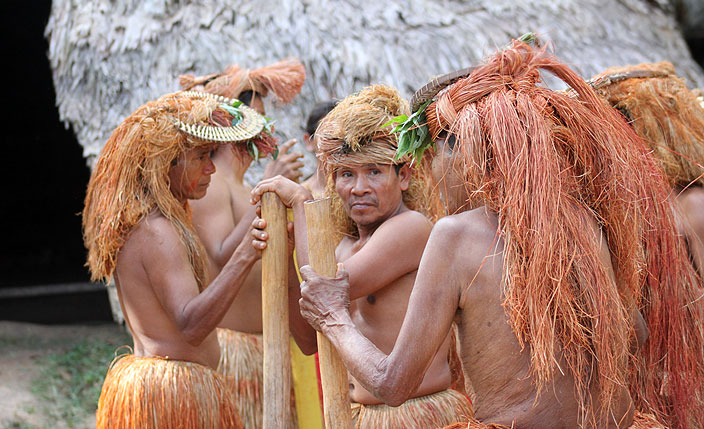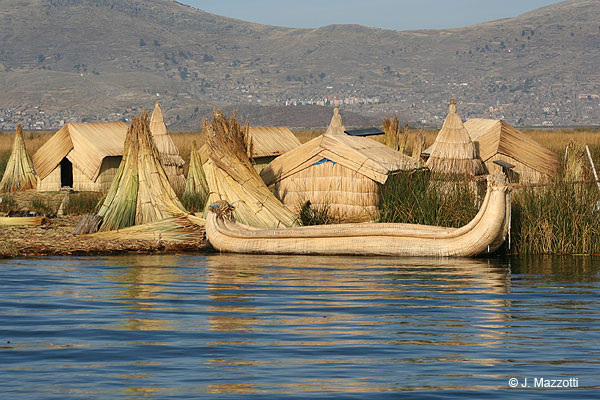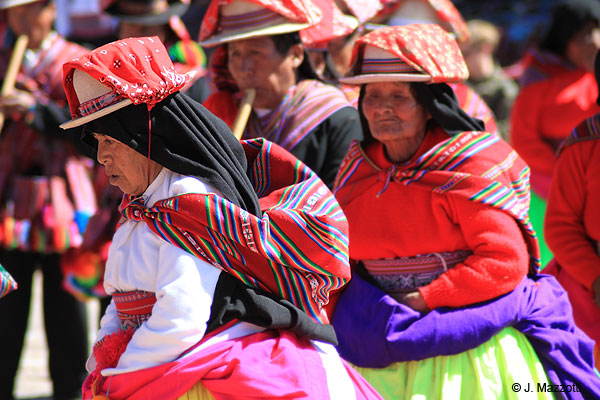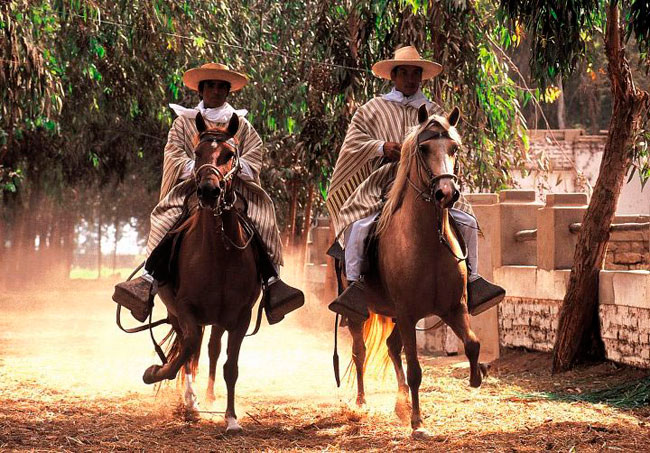There is a Peru of Living Culture
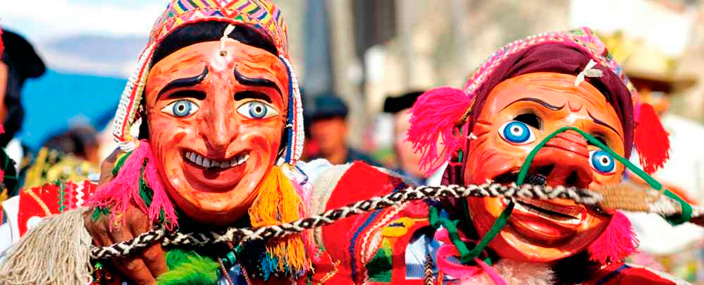
Many of the festivals, rituals, and actual ways of life remain from pre-Columbian time. From traditional clothing to popular folk art expressions, and belief systems to ways of working and even cooking, Peru is full of customs that maintain the legacy of its ancient cultures.
Unique experiences: A single trip is not enough to discover all the wonders of Peru. Here we highlight just a few magical places and experiences that must be lived and appreciated when you visit this country.
Peru offers excellent destinations to found a Living Culture
Travelers who visit Peru will discover that, as in very few places in the world, its past, present and future live in harmony. Ancestral civilizations, such as the ancient inhabitants of Machu Picchu, go hand in hand with the attractions of cosmopolitan Lima. However, the tourists who visit us will easily find out that, of all these wonders, the pulse of the present is contributed by our people, our mixture of races, traditions and festivals, making Peru a country more alive than ever.
Peru's distinguishing seal is its living culture, an experience you definitely cannot miss out on. Whether it is about participating in ancient rituals, like an offering to the earth, or working in the fields next to farmers, forming part of the parades during one of the many festivals, riding a Peruvian paso horse, or learning to dance to Afro-Peruvian or Andean music, go ahead and do it because it is going to make you feel more like home.
Prepare to surrender to its magic. The celebration of almost 3,000 popular feasts per year is but one small hint of the vast treasure trove of multicultural traditions you will find here.
From the coast to the jungle and through the highlands, Peruvian people live the same way as their ancestors did a thousand years ago; maintaining their dances, handcrafts, textiles, customs and keeping their spirit alive.
At Titicaca, the highest navigable lake in the world, a whole village floats on the water. Hundreds of the years ago the Uros people created these floating islands - made of Totora reed - by stacking one reed on top of another until a stable platform was built. They lived on these islands as they sailed around the lake to fish or hunt for their food. You can still see the Uros today, living as if they had floated through time.
Conscious of the value that living cultures mean to travelers from every corner of the world, a number of communities in Puno have opened to rural and experienced based tourism, both in the island and on land. It is there were the ventures of Taquile (Intangible Cultural Heritage of Humanity), Amantaní, Uros and Llachón can be found. The visitor to Amantani or Taquile islands will visit Uros island on the route. The Festivity of Virgen de la Candelaria celebrated in Puno City was declared Intangible Cultural Heritage of Humanity - UNESCO November 2014
"Qoyllur Rit'i "- the feast of the Shining Snow - is one of Peru's most incredible expressions of faith and tradition. Starting on Trinity Sunday, more than 70.000 people come together at the Sinakara Valley in the province of Quispicanchis, Cusco, to embark on a pilgrimage of hope to the top of a snow covered mountain, 15.090 feet above sea level. After a 5 mile walk, thousands of dancers, hundreds of bands and countless believers finish their journey toward the "Apus" -the mountain gods- asking for money, love, luck, or whatever else they feel they are lacking.
Most of these people will speak Quechua -the mother-tongue of more than 3 million Peruvians- or any of the 91 other indigenous languages that are still in use. Aguaruna, Machiguenga and Huitoto are just some of the native tongues that survive in the jungle, keeping the voices of our forefathers intact, along with their customs.
Almost all of the native handcrafts you'll see are made of natural elements like bones, feathers and seeds that are collected to create beautiful pieces of art.
Medicine here is based on the use of plants and herbs that have been used for hundreds of years. This practice is so widespread, Peru's Ministry of Health has an office dedicated to it.
Venture up into the highland and through the Andes, and you will find that the remains of the Incas are all around. Whether you're walking through the stone roads of the Inca Trail - built 500 years ago but still in use today- or viewing the innovative "andenes" -terrace farming- you'll witness how the present meets the past.
Festivities in Peru
The spirit of Peruvian Man, sculpted by art and religion, has given rise to a creative vein which crops up in an endless variety of shapes, rhythms and rituals. Year after year, more than 3.000 folk festivals, 1.500 musical styles and countless arts and crafts confirm that Peru is home to one of the most varied folk legacies on Earth.
With this outpouring of artistic expression, Peruvians feed on their deep-lying roots to project a timeless alliance with nature and through rhythms and colors, strengthen their commitment to life and extend to visitors the hospitality and reciprocity that are so typical of Peruvian culture. The many festivals, even those of a religious nature, reveal the joyous nature of Peruvians, both men and women, their inclination to be sociable and share their hopes.
Although they were not always separated from day-to-day life and work, these festivals are rooted at the present, marked by an overflowing sensuality, the overwhelming outpouring of religious faith, and the need to interpret in a creative way the temporary reversal of order that breathes new life into the cohesion of Peruvian communities. Today, the festivals echo to the strains of wind and percussion instruments, some of which date from pre-Inca times and some which have been created more recently. There are also dances ranging from the traditional – like the marinera and the huayno– to more modern rhythms –such as creole waltz and chicha.
Peru holds around 3,000 folk festivals every year. Most of them are dedicated to a patron saint, falling within the Christian calendar imposed during the Vice-regency, after having been carefully adapted to the magical and religious beliefs of a particular region. Apart from these religious festivals, Peru hosts other celebrations that are exclusively pagan, such as those linked to time-honored myths in jungle native communities and the countless festivals created over the past few centuries or decades. More over, on the same day of the celebration, migrants from 4,000 regional clubs hold urban versions of the same festivals that they celebrate in their home towns.
Festivitie of Virgen de la Candelaria
Intangible Cultural Heritage of Humanity - UNESCO November 2014
For 18 days, the highland town of Puno, nestled on the shores of Lake Titicaca is becomes the Folk Capital of the Americas.
The Festivity of Virgen de la Candelaria, gathers more than 200 groups of musicians and dancers to celebrate the Mamacha Candelaria. Religious processions, parades, band concerts, dance contest, explosion of color and joy, masks, the fantasy clothes and suits of their dancers, many are made with threads of gold, semi-precious stones and embroideries and exquisite laces, with a high value. This feast is considered as one of the most important from Peru and one of the three most significant in South America along with Carnival in Rio de Janeiro and the Carnaval de Oruro. The Virgen de la Candelaria (Our Lady of Candlemas) is patron of Puno City. The virgin's sanctuary is located in the San Juan Bautista Church in Puno City. The date of the celebration is movable, depending upon which day of the week Candlemas falls. The central day of the religious feast is February 2nd. (More information)
National Contest of "Marinera"
January - February. Varies - (Workable days)
The marinera is one of the most elegant dances in Peru. The dance involves a great deal of flirting between a couple, who each twitch a handkerchief in their right hand, while keeping the beat during what is fairly complex choreography. Dance steps, characteristic of the marinera include the coqueteo (with the couple dancing very closely together) and the skillful cepillado footwork (literally "brushing"). The daring marinera, danced in the department of La Libertad, features the man wearing a wide-brimmed hat and poncho and the lady dressed in an intricate Moche lace dress. From January 20-30, the Gran Chimú stadium in the city of Trujillo holds the country's most important marinera festival. This competition, that draws couples from all over the country, is organized by the Club Libertad. During the festival, the city also hosts processions involving floats, and the whole town takes on a festive air. The people of Trujillo gather at the main square to dance and celebrate.
The Scissors Dance
Inscribed in 2010 on the Representative List of the Intangible Cultural Heritage of Humanity. The scissors dance is performed by inhabitants of Quechua villages and communities in the south-central Andes of Peru, and now in urban settings. This competitive ritual dance is performed during dry months coinciding with the main phases of the agricultural calendar. The scissors dance takes its name from the pair of polished iron rods, resembling scissors blades, wielded by each dancer in his right hand. Together with a violinist and a harpist, a dancer forms a cuadrilla (team) that represents a given village or community. To perform, two or more cuadrillas face each other, and the dancers must strike the blades together in time to the rhythm of the accompanying musicians, while performing a choreographed duel of step-dancing, acrobatics and increasingly demanding movements. The competition or atipanakuy may last up to ten hours, and physical ability, quality of the instruments, and expertise of the accompanying musicians, are all evaluated to determine the winner. The dancers wear outfits embroidered with golden fringes, multicoloured sequins and small mirrors, but while in costume are forbidden from entering churches because of the tradition that their abilities are the result of a pact with the devil. Regardless, the scissors dance has become a popular part of Catholic festivities. The physical and spiritual knowledge implicit in the dance is passed on orally from master to student, with each cuadrilla of dancers and musicians giving pride to its village of origin.
Huaconada, ritual dance of Mito
Inscribed in 2010 on the Representative List of the Intangible Cultural Heritage of Humanity. Huaconada is a ritual dance performed in the village of Mito in the province of Concepción in the central Peruvian Andes. Every year, on the first three days of January, masked men known as huacones perform a choreographed series of dances in the centre of the town. The huacones represent the former council of elders, and for the duration of Huaconada they become the town's highest authority. The tronador (whip) they carry and their masks emphasize this role, the latter characterized by accentuated noses that evoke the beak of the condor, creature that represents the spirit of the sacred mountains. The dance involves two types of huacones: elders who wear traditional costumes and finely-carved masks inspiring respect and fear; and modern huacones who wear colourful dress, their masks embodying terror, sadness or mockery. During Huaconada, the modern huacones dance circumscribed steps around the elders, who have greater freedom to dance improvised movements because of their seniority. An orchestra plays different rhythms, beating out time on a small indigenous drum called a tinya. Huaconada synthesizes distinctive elements from the Andes and Spain while incorporating new, modern elements. Only those of good conduct and moral integrity may become huacones. The dance is traditionally passed on from father to son, while clothing and masks are also inherited.

